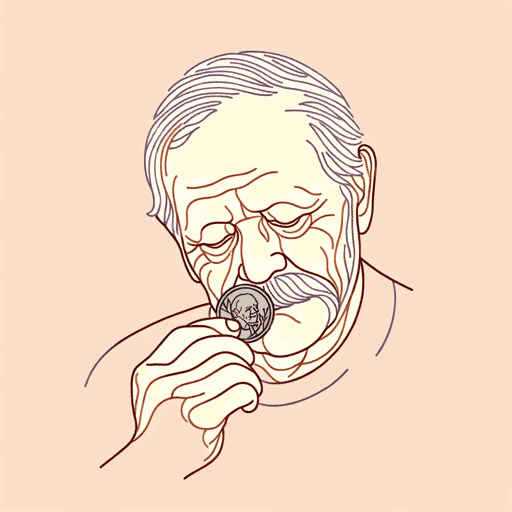75 pages • 2 hours read
Sandra CisnerosCaramelo
Fiction | Novel | Adult | Published in 2002A modern alternative to SparkNotes and CliffsNotes, SuperSummary offers high-quality Study Guides with detailed chapter summaries and analysis of major themes, characters, and more.
Important Quotes
“I’m not here. They’ve forgotten about me when the photographer walking along the beach proposes a portrait, un recuerdo, a remembrance literally. […] They won’t realize I’m missing until the photographer delivers the portrait to Catita’s house, and I look at it for the first time and ask, —When was this taken? Where? Then everyone realizes the portrait is incomplete. It’s as if I don’t exist. It’s as if I’m the photographer walking along the beach with the tripod camera on my shoulder asking, —¿Un recuerdo? A souvenir? A memory?”
( Introduction, Page 4)
Lala opens her narration of Caramelo with a description of a family photo taken during a vacation at Acapulco, attempting to assemble a memory she cannot recall because she was not there. With this opening, Lala establishes her unique authorial presence as the narrator. She is a family historian—a collector of recuerdos—building a novel not only from her own remembered experiences, but the memories of her grandmother. As Lala suggests, these memories beckon to her storytelling imagination.
“But how could a girl with skin like a caramelo have such a dusty old mother? […] The girl Candelaria has skin bright as a copper veinte centavos coin after you’ve sucked it. Not transparent as an ear like Aunty Light-Skin. Not shark-belly pale like Father and The Grandmother. Not the red river clay color of Mother and her family. Not the coffee-with-too-much-milk color like me, nor the fried-tortilla color of the washerwoman Amparo, her mother. Not like anybody. Smooth as peanut butter, deep as burnt-milk candy.”
(Chapter 10, Page 34)
Lala attempts to describe her connection to Candelaria, the daughter of a washerwoman who does Soledad’s laundry. Lala struggles to understand her grandmother’s dismissive treatment of Candelaria simply because she’s Native and has skin the color of a caramelo. This moment is the first reference to caramelo in the aptly titled book, wherein caramelo becomes a reoccurring motif. Though the resonance and meaning of this motif changes with each occurrence, caramelo consistently suggests a kind of elusive sweetness one struggles to hold onto: the sweetness of love, the sweetness of remembering loving words and gestures. Candelaria herself is a charged figure for Soledad and Zoila, reminding them of the affair that Lala’s father, Inocencio, had with the washerwoman. Candelaria is therefore un recuerdo in the minds of Lala’s family members: a living testament to this family secret.
Related Titles
By Sandra Cisneros






